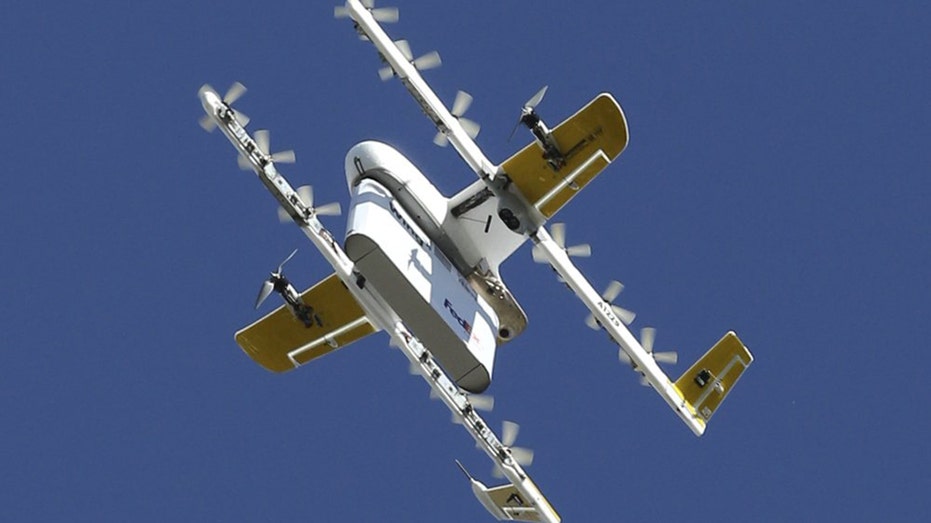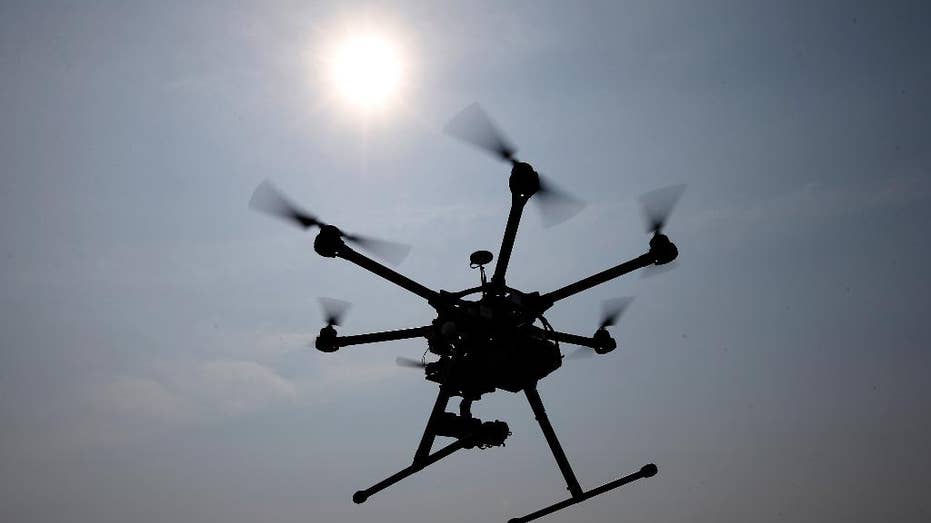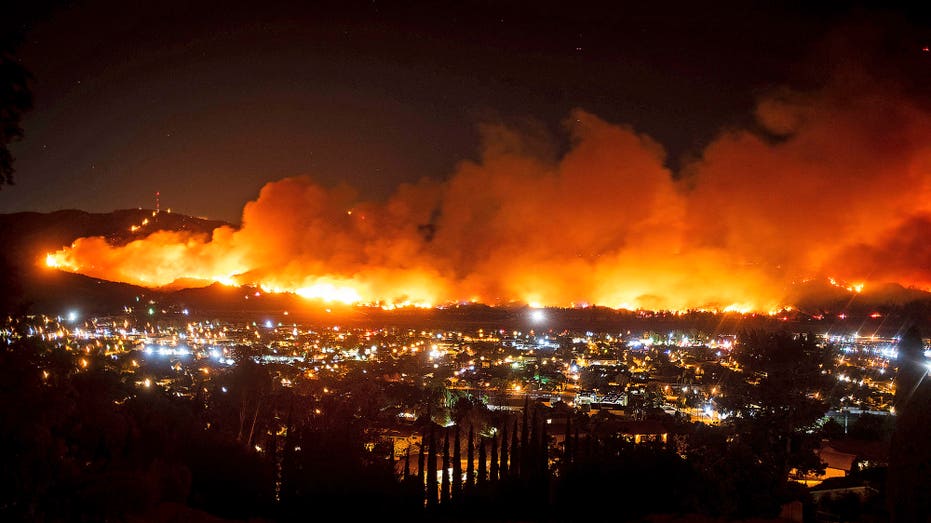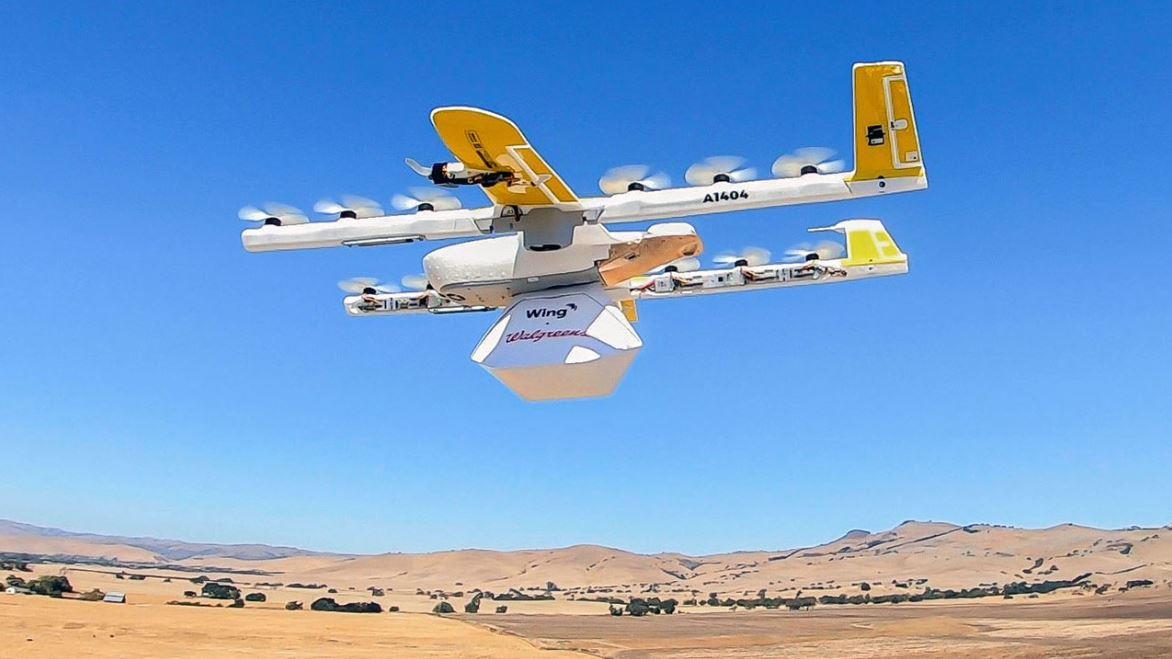In 'wild west' of drones, regulators struggle to keep up with new technology
Walgreens customers in Virginia can now have orders delivered via drone.
Working with Wing, a subsidiary of Google parent company Alphabet, the pharmacy has been testing a system to send goods to customers in unmanned aircraft flying at 70 mph. They’re not alone, either. Companies like Amazon and UPS are developing similar capabilities.
“That’s the holy grail,” said Chris Robertson, the coordinator of Colorado State University’s Drone Center. He started flying drones five years ago for his work as a police officer and search-and-rescue team member.
But while package delivery is the hot, new headline-drawing commercial use for drones, it’s not the only one. The aircraft have gained footholds in commercial markets from real estate photography to agriculture, according to Robertson. Drones can be used to make better maps than satellites, create 3D images of construction sites, find lost people and perform many functions of helicopters less expensively.
“Essentially, the technology has gone from something that’s big and clunky to something that’s easy to use,” Robertson said.

Wing drones hover at a height of about 23 feet before lowering a package to the ground by tether. (Matt Gentry/The Roanoke Times via AP) (Matt Gentry/The Roanoke Times via AP)
WALGREENS TESTS DRONE DELIVERY IN VIRGINIA
All those commercial drones — not to mention the recreational ones — are adding up. More than 1.3 million drones are registered in the U.S., according to the Federal Aviation Administration. Compare that with just 211,000 traditional aircraft.
So there must be some pretty stiff regulations in place to make sure nothing goes wrong, right?
Well, it’s complicated.
“It’s kind of the wild west right now,” said Douglas Marshall, an aviation consultant who has taught aviation law and helped draft some of the FAA’s first drone rules.
Drone pilots are generally required to follow basic guidelines: Don’t fly higher than 400 feet, always keep a line of sight to the aircraft, don’t fly a drone from a moving vehicle. Commercial drone pilots also need an endorsement from the FAA that amounts to a license. Pilots have to pass an exam to earn it, but not an actual flight test with an instructor as a traditional pilot would.
A number of issues still need to be addressed, according to Marshall. But the FAA is underfunded and unable to keep up with the fast-moving industries using and developing drones, he said. Creating new rules can take years as the agency’s staffers wade through thousands of public comments, and it has missed some deadlines set by congressional mandates.
“The technology has overwhelmed the FAA’s capability of staying up with it,” Marshall said. The agency recently said it was delaying for a second time the release of proposed rules that would require all drones to carry remote identification technology.

A hexacopter drone is flown at a farm and winery. (AP Photo/Alex Brandon)
GET FOX BUSINESS ON THE GO BY CLICKING HERE
Then, there are all the new delivery drones being tested. Marshall said a traffic management system will be needed to allow them to operate at low altitude in populated areas. And the FAA’s rules don’t currently permit drones to operate without monitoring as delivery companies will want.
A drone large enough to carry a package at the maximum allowed speed -- 87 mph — could kill someone in a collision, according to Marshall.
“You can imagine the challenges of being able to operate a fairly-sized drone that can carry a decent payload like an Amazon package at a low altitude, going down streets and under power and telephone wires, around trees and around houses, flying over people, and perhaps confront objects — moving objects or stationary objects — and avoiding them,” he said.
There are also what Marshall calls “rogue operators,” people who haven’t bothered to get a license or let theirs expire, and who get away with flying over police or firefighting operations, interfering with them. Fire officials in California recently said a small drone that appeared to be photographing a wildfire interfered with aerial efforts to combat the blaze.
“It’s just crazy,” Marshall said. “The whole industry is just insane. There are ethical standards, theoretically, but like anything else in life, there are people who just do what they want to do.”

Smoke from the Maria Fire billows above Santa Paula, Calif., in October. Some drone operators are interfering with firefighting. (AP Photo/Noah Berger, File)
DANGEROUS DRONES: WHY FLYING ROBOTS ARE WEAPONS AND HOW TO STOP THEM
Still, people have a tendency to “blow things out of proportion” when it comes to drones, according to Jonathan Rupprecht, an attorney specializing in drone law.
He pointed to a drone incident at Gatwick Airport last December, when a report of a drone nearby led to the cancellation of hundreds of flights. Rupprecht questioned whether a drone-plane collision would have caused any problems beyond one plane needing to turn around.
“That was not a well-thought-out way of responding,” he said. “The cure was worse than the problem.”
Rupprecht said people get nervous about drones because of “boogeyman” stories about them being used for spying or accidentally falling on people.
“Yeah, they can fall out of the sky,” he said. “Airplanes can fall out of the sky. Helicopters can fall out of the sky. They do all the time.”
Still, those fears have spawned another drone-related industry: aerial defense. Robertson, the police officer who directs Colorado State's drone center, said some companies have contracted with venues such as football stadiums to identify the serial number, heading, distance and location of drones around their airspace.
Birds are also being trained to take out drones. Other failsafe options include nets that can capture them and “drone guns” that fire a signal initiating a drone’s “go home” sequence, according to Robertson. There’s currently a moratorium on using that kind of technology, especially jamming equipment, because of federal rules.
“I’m all for the drones broadcasting their location, distance and heading,” he said. “I think if you’re flying a drone, you should be doing it in a responsible manner.”




















